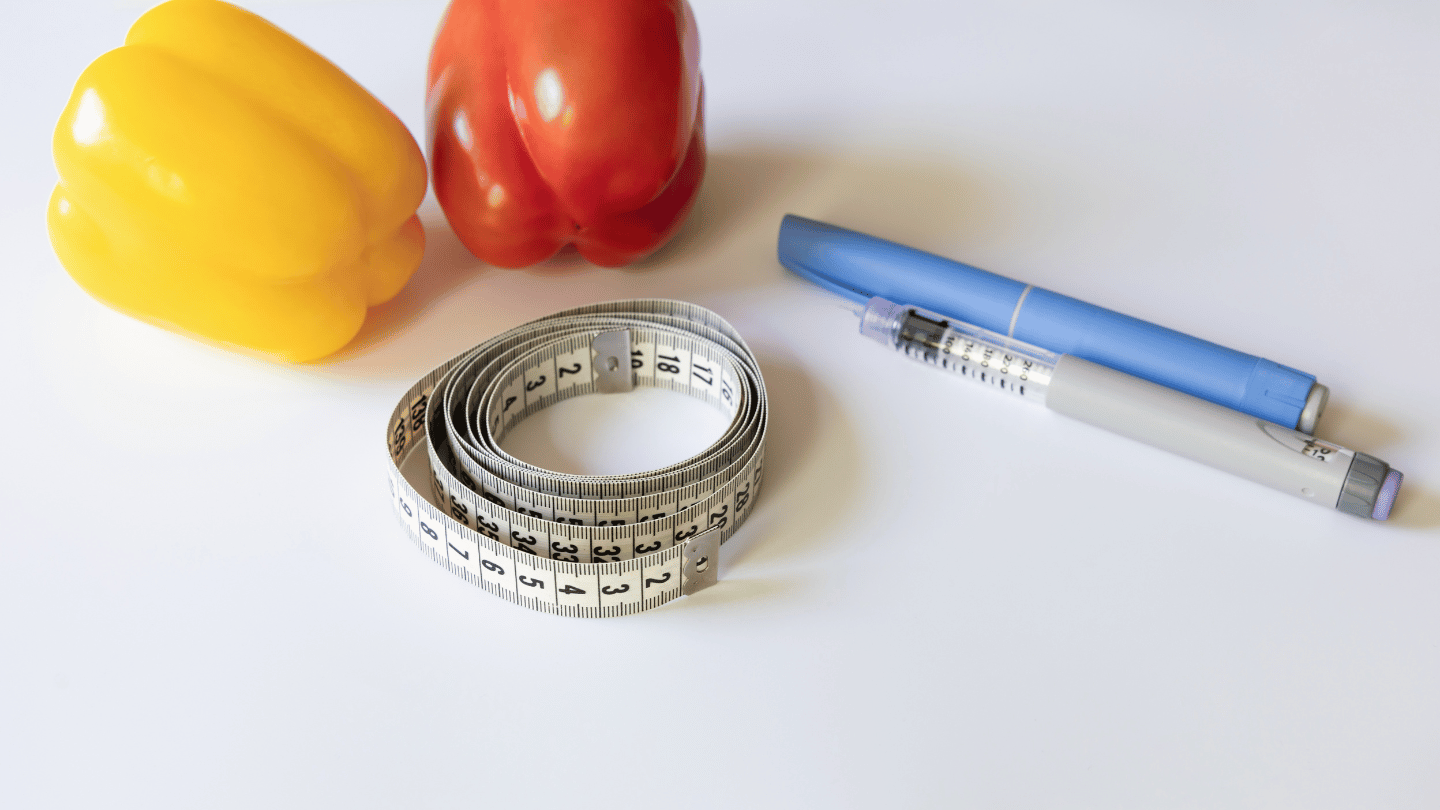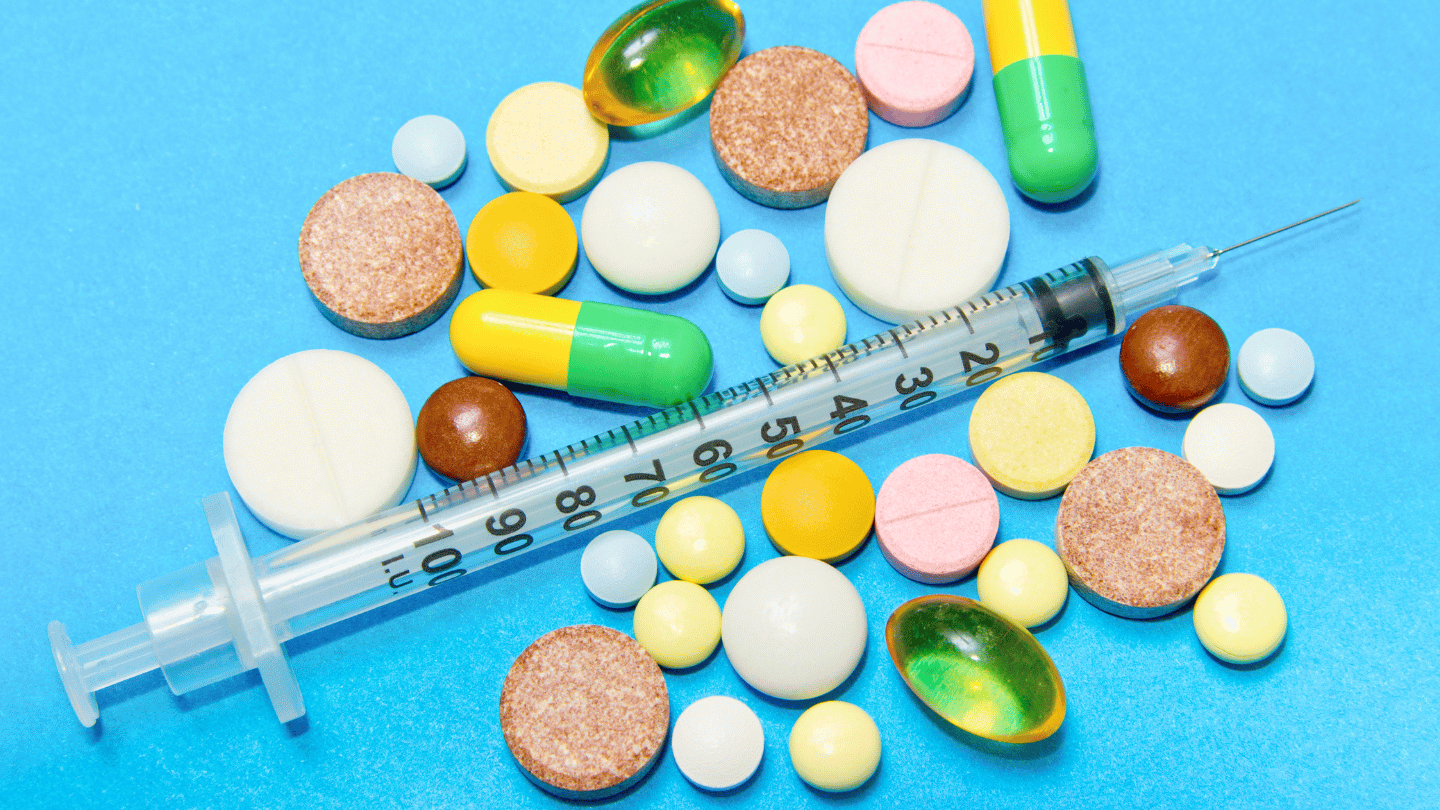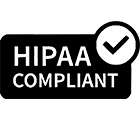When talking about blood thinners, we might think of medications that make the blood more watery, but that’s not the case. The medical term is anticoagulants, meaning drugs that prevent blood coagulation or clotting. They are prescribed for patients in danger of producing blood clots in their blood vessels.
These clots can break loose and travel to vital organs, blocking blood flow and preventing the organ from getting needed oxygen and nutrients. Patients are often given anticoagulants after surgery to prevent blood from coagulating during recuperation.
A condition called atrial fibrillation, in which a portion of the heart does not move effectively, can also require treatment to prevent clots from forming in that area. Artificial heart valves and deep vein thrombosis, in which clots form in the legs, are other indications for anticoagulation.
It’s important to be aware that, like all medications, blood thinners can have side effects and cause problems. The most serious issue is spontaneous bleeding (e.g., from the gastrointestinal tract, the nose, or the brain) or bleeding following an injury. These can be life-threatening. This knowledge should instill a sense of caution and prompt you to seek medical advice if you experience any unusual symptoms.
Common Blood Thinners with Dosage and Directions
Coumadin (warfarin)
- Function: Reduces vitamin K, which is essential for blood clotting.
- Dosage: Carefully controlled according to frequent regular blood tests.
Pradaxa (dabigatran)
- Function: Inhibits an enzyme that produces fibrin, a molecule that helps to form clots.
- Dosage: Taken orally in a dose of 150 mg twice a day.
Eliquis (apixaban)
- Function: Indirectly inhibits platelets, a type of cell involved in clot formation.
- Dosage: Take it by mouth in a dosage of 5 mg twice daily.
Savaysa (edoxaban)
- Function: Inhibits platelets from aggregating.
- Dosage: Taken orally, 60 mg per day.
Lovenox (enoxaparin)
- Function: Inhibits two blood coagulation molecules.
- Administration: Given by injection to hospital patients or patients bridged to Coumadin.
Heparin
- Function: Neutralizes certain coagulation factors.
- Administration: Given to hospital patients by injection.
Xarelto (rivaroxaban)
- Function: Prevents fibrin from forming from fibrinogen.
- Dosage: Usually taken in a dose of 10 mg.
Get Prescriptions for Blood Thinners with QuickMD
Did you know? QuickMD offers a convenient solution for managing your anticoagulants. We can refill your prescriptions from the comfort of your home and provide you with a blood thinner prescription online. Additionally, we can order coagulation lab studies (PT/INR) online for you, making your healthcare journey easier and more accessible.
















